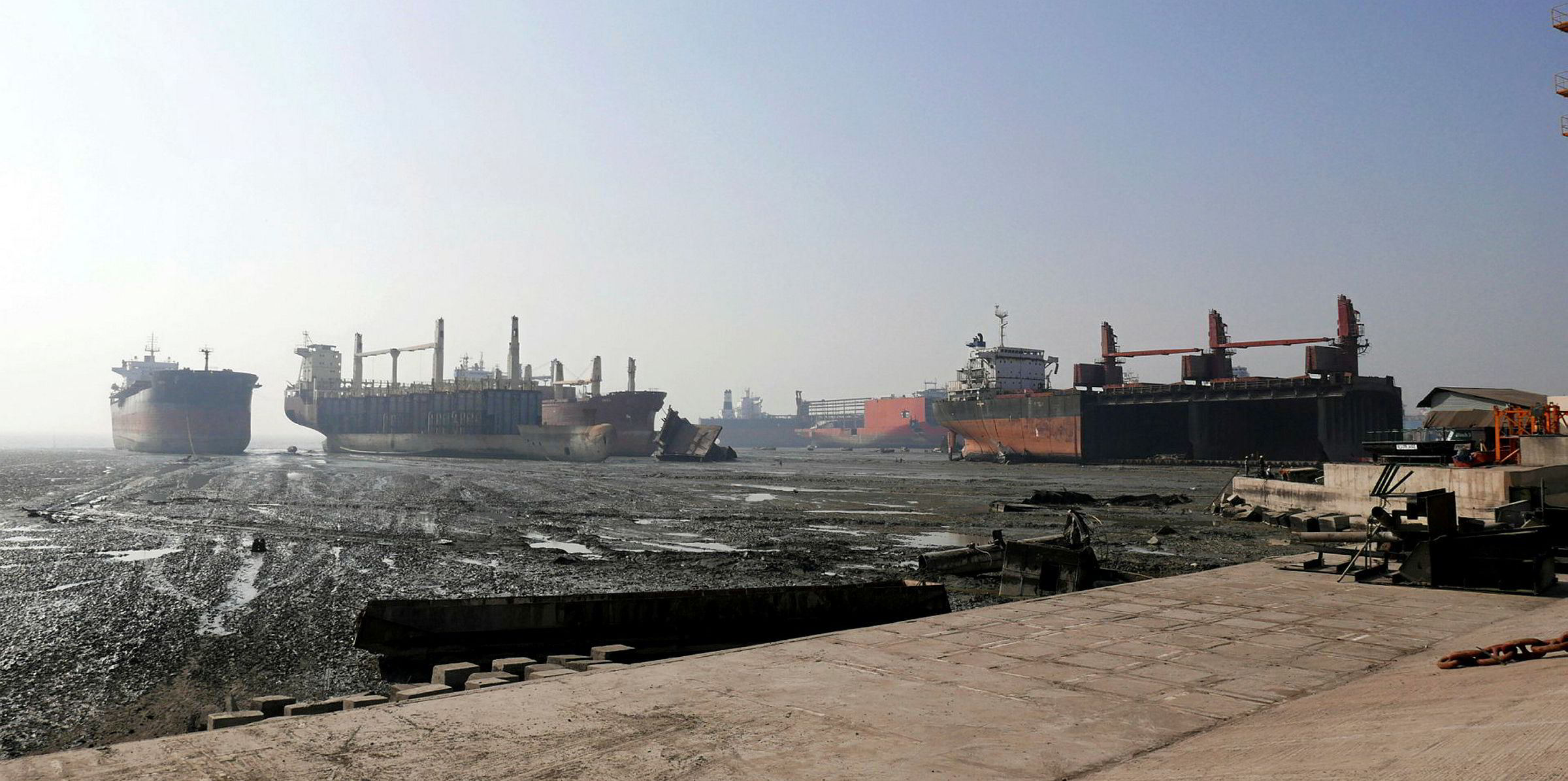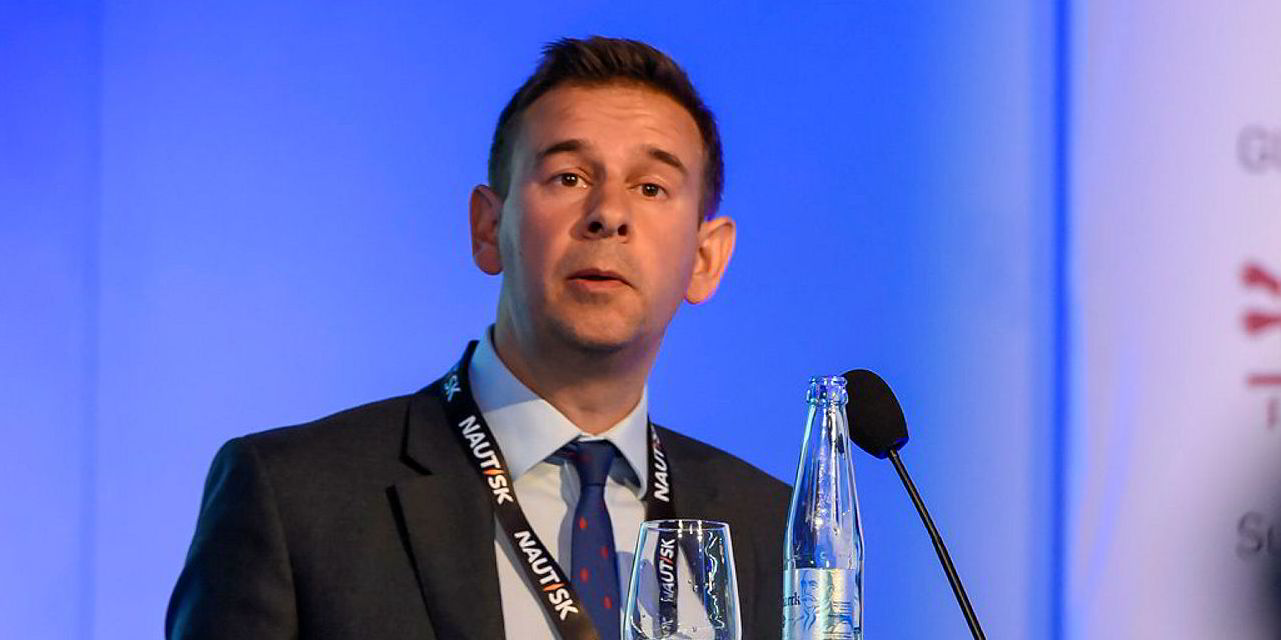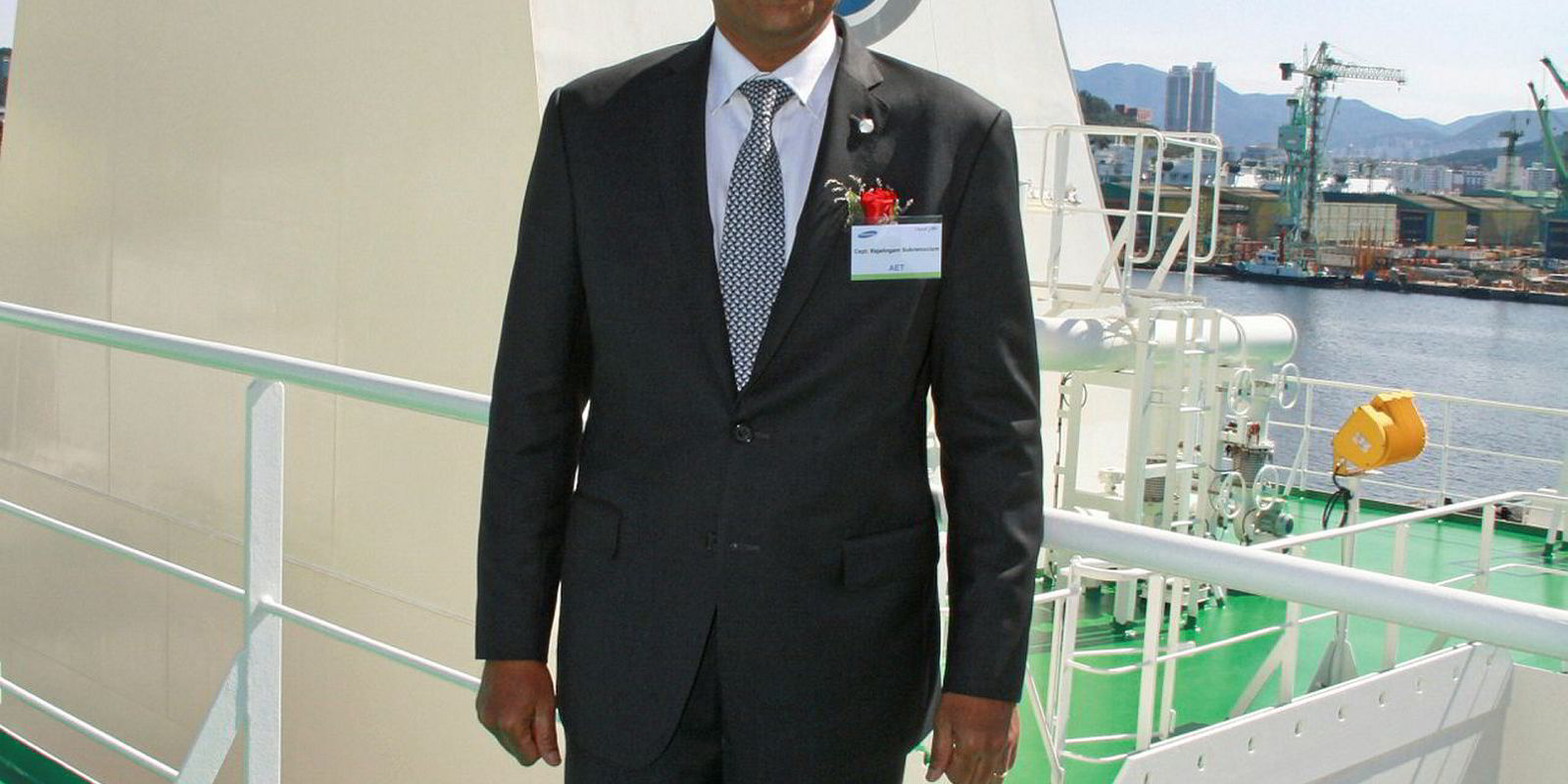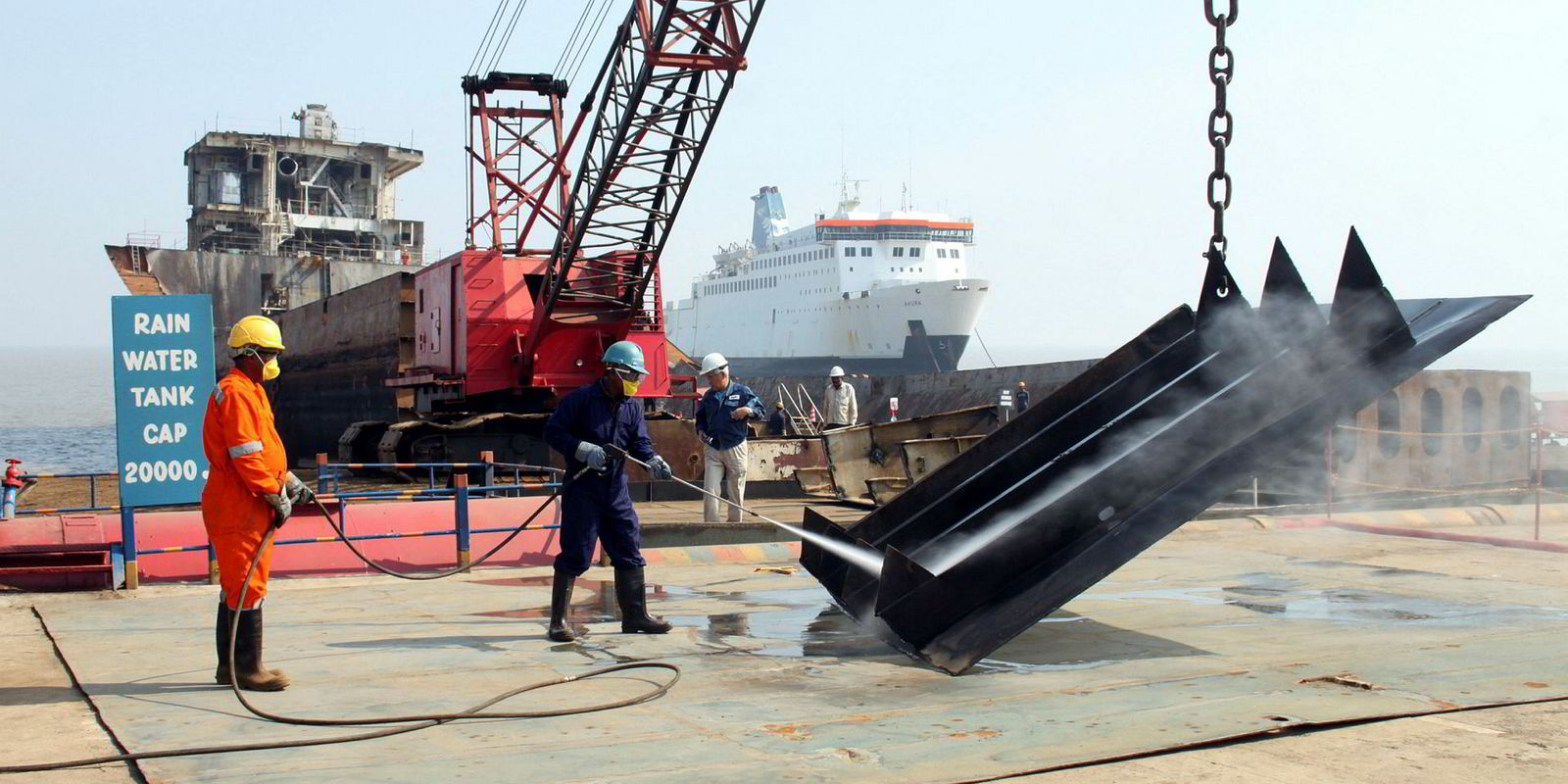Tanker scrapping last year surged to its highest level since the mid-1980s, driven by the weakest rates this century.
A total of 21 million dwt was removed from the market, a near 90% rise on the previous year, according to data from the world’s largest shipbroker, Clarksons.
Steve Gordon, managing director of Clarksons' research division, says the 2018 tally is the highest since 1986, which marked the end of a sustained boom that stretched back to 1982.
Depressed rates
Clarksons says last year's surge came as tanker rates plumbed their lowest levels since the early 1990s at an average of $11,216 per day, despite a strong fourth quarter that exceeded expectations.
The wish for tanker owners to demolish older vessels ahead of the new IMO 2020 emission laws came true in a year in which “dirty tankers barely broke even”, according to Anoop Singh at Braemar ACM.
The regional head of tanker research in Singapore says scrapping was at a 15-year high in the first half of the year. This was supported by the highest demolition prices since 2014 at an average of $445 per ldt on the Indian subcontinent.
While activity slowed a little in the second half of the year, the delivery of 17 VLCCs was matched by the removal of 16 of the ships, Braemar’s figures show. At the same time, the scrapping of 13 suezmaxes and 18 aframaxes in the second half came ahead of new deliveries to the segments of 11 and 12 ships, respectively, Singh explains.
“Scrapping continued apace in the second half of the year. A brief hiatus in scrapping during the monsoon period in the Indian Ocean ended with a surge in scrapyard capacity with the return of Pakistan yards to the tanker demolition market after having been out of it since 2017,” he says.
| Ship type | 2017 | 2018 | Change |
| Tankers | 11.1 million | 21 million | +89.9% |
| Bulk carriers | 14.7 million | 4 million | -72.4% |
Source: Clarksons
With demolition rates comfortably in excess of $400 per ldt in the past few quarters, GMS estimates the total value of scrap tanker sales in South Asia — the world’s shiprecycling centre — was more than $1.5bn in 2018.
According to the Dubai-headquartered firm, one of the world’s largest cash buyers of scrap ships, 51% of the tankers recycled in South Asia last year were in Bangladesh, 26% in India and 23% in Pakistan.
GMS trader Faidon Panagiotopoulos tells TradeWinds: “Oversupply was identified in the tanker sector, resulting in [a]huge inflow of vessels for over one year now.”
Moreover, the age of scrapped ships also got younger, as many owners sought to get rid of fuel-inefficient tonnage ahead of their special surveys with the IMO 2020 regulations set to come into force.
According to the IMO, vessels will need to switch to LNG or the more expensive 0.5%-sulphur bunkers from high-sulphur fuel oil from 2020, unless they have installed scrubbers onboard.
The average scrap age for both crude and product tankers was 20 in 2018, compared with 22 in 2017, according to Clarksons.
Most active segment
Broken down by vessel size, the largest scrapping volume was recorded in the VLCC segment, where 34 units of 10.1 million dwt were recycled.
“2018 was a banner year for recycling activity in older tonnage. The number of removals from the VLCC fleet were in the line with our highest estimates of tonnage removal," VesselsValue analyst Court Smith says.
The aframax segment saw 46 units with 4.78 million dwt recycled, the highest in terms of the number of ships. Many industry players believe aframaxes are less suitable for scrubber installations compared with larger ships that consume more fuel.
A total of 56 product tankers totalling 2.58 million dwt were recycled, compared with 33 units of 1.83 million dwt in 2017.
2018 was a banner year for recycling activity in older tonnage. The number of removals from the VLCC fleet were in the line with our highest estimates of tonnage removal
VesselsValue analyst Court Smith
Among the most active owners, New Shipping has scrapped at least four VLCCs, two aframaxes and one suezmax since November 2017, according to an earlier TradeWinds report. MISC Berhad, Sovcomflot (SCF Group), Sinokor Merchant Marine and Nordic American Tankers were also reported to have actively sold various sizes of vessels for demolition.
Vintage vessels
Looking forward, while the IMO bunker regulations will continue to offer incentives for scrapping vintage vessels, the recovery in tanker earnings could keep them on the water if their owners can generate positive cash flows, according to market participants.
“The No 1 factor for scrapping is freight markets,” GMS president Anil Sharma says. “Whenever there is more scrapping in a sector, that’s because charter rates are depressed.”
However, if the pace of scrapping slows sharply, the tanker market recovery might hang in the balance with larger newbuilding tonnage scheduled and lower production by Opec in 2019.
Maritime Strategies International’s oil and tanker markets director Tim Smith says: “MSI views continued high scrapping levels in 2019, comparable to 2018, as crucial for sustaining the market improvement, suppressing supply growth and allowing underlying market utilisation to improve.”
“Lower levels of scrapping are a risk.”







